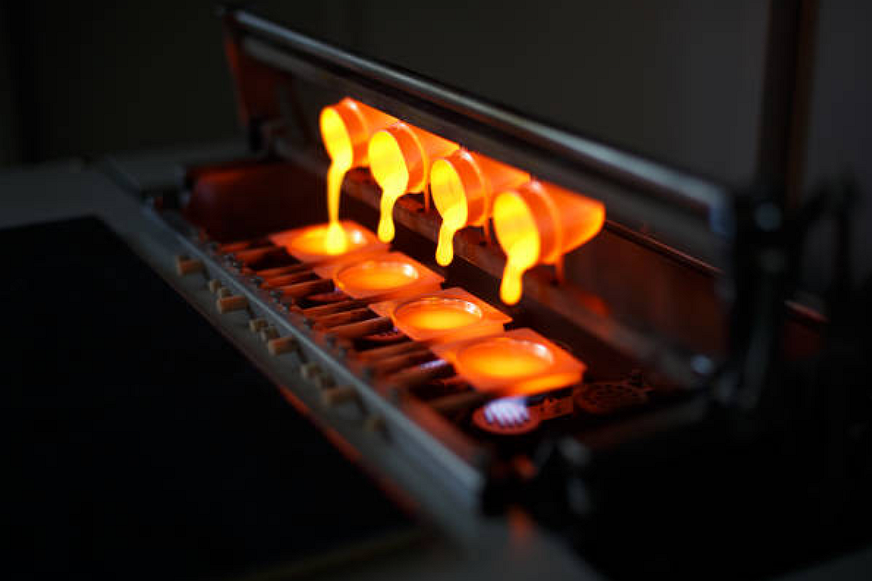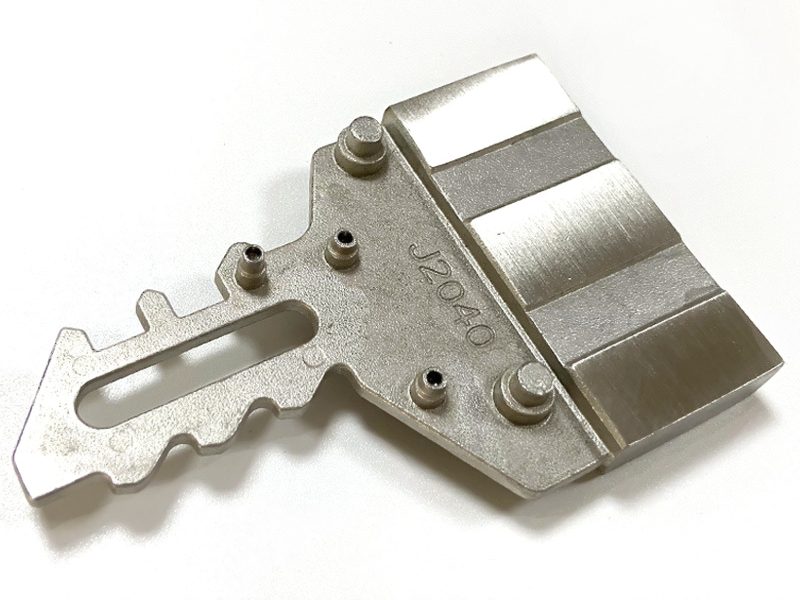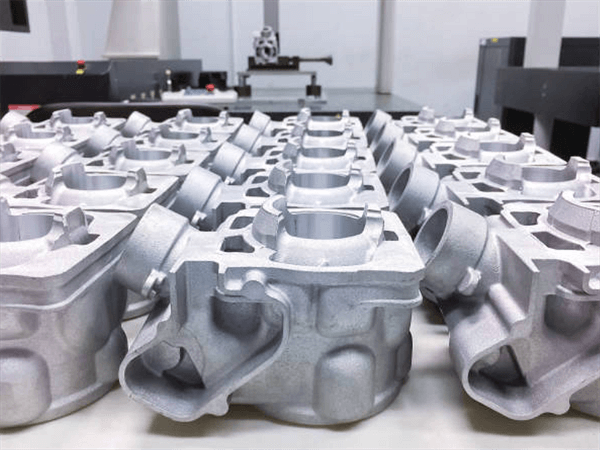What are the primary differences between gravity casting and die casting?
What Are the Primary Differences Between Gravity Casting and Die Casting?
Molding Pressure and Filling Method
The fundamental distinction lies in how molten metal enters the mold:
Gravity Casting: Metal flows into the mold solely under gravity, resulting in slower filling and solidification. This reduces turbulence and air entrapment, yielding denser parts with lower porosity.
Die Casting: Utilizes high-pressure injection (typically 10–150 MPa) to force metal into the die, enabling rapid production cycles and high-detail replication. However, the high velocity can introduce gas porosity if not controlled properly.
Mold Material and Reusability
Gravity Casting: Typically uses reusable metal molds or permanent molds made of steel or iron, offering long mold life and better surface finish than sand casting.
Die Casting: Employs hardened steel dies with high precision, designed for extreme wear resistance. They support mass production but are more expensive to manufacture and maintain.
Suitable Alloys
Gravity Casting: Commonly supports a broader range of alloys, including aluminum, copper, and magnesium. The lower thermal shock makes it compatible with more specialized materials.
Die Casting: Limited primarily to low-melting-point alloys such as zinc, aluminum, and magnesium. High-melting-point materials (like copper or steel) are not suitable due to die wear and thermal stress.
Surface Finish and Dimensional Accuracy
Die Casting: Provides superior surface finish (Ra as low as 1.6 µm) and tight tolerances (±0.05 mm) thanks to high-pressure metal flow and precision dies.
Gravity Casting: Offers good surface quality (Ra 3.2–6.3 µm) and dimensional accuracy (±0.1 mm), but generally requires more machining or post-processing.
Production Volume and Cost
Die Casting: Ideal for high-volume production due to fast cycle times and automation. Higher upfront tooling costs are offset by lower per-unit costs at scale.
Gravity Casting: Better suited for small to medium batch sizes, with lower tooling cost and greater flexibility for design changes or short-run production.
Mechanical Properties
Gravity Cast Parts: Often show better mechanical strength and ductility due to lower porosity and slower cooling rates.
Die Cast Parts: May exhibit more internal stresses and lower ductility, but this can be addressed with optimized gating, vacuum systems, and heat treatment when applicable.
Manufacturing Services for Gravity and Die Casting
Neway provides both gravity casting and aluminum die casting services, offering full support from mold design to CNC post-machining. With ±0.01mm accuracy, 20+ years of experience, and global delivery capabilities, we help you select the optimal process for your application.



